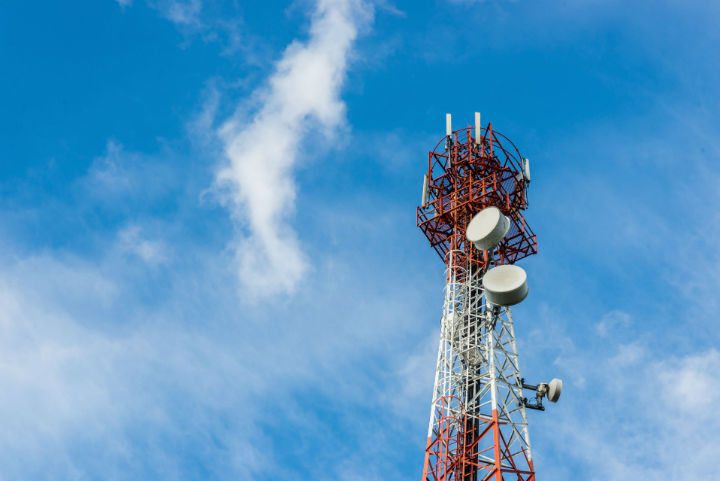Japanese organization beams wireless power
WASHINGTON – The possibility of transmitting wireless electrical power, via microwaves, has long been theorized and proven to be scientifically possible in limited laboratory settings. Although the amount transmitted has never been enough to justify large-scale development, new research may soon change that.
Recently, the Japanese Aerospace Exploration Agency announced that its scientists succeeded in a wireless transmission of 1.8 kilowatts of power a distance of 55 meters or 170 feet. A JAXA spokesman told The Associated Press, “This was the first time anyone has managed to send a high output of nearly two kilowatts of electric power via microwaves to a small target, using a delicate directivity control device.”
The spokesman added that JAXA hopes to eventually be able to expand on this success to create a reliable source of space-based alternative energy. In order to do that, solar collectors orbiting earth at an altitude of 23,000 miles would have to beam potentially billions of kilowatts to ground receiving stations.
JAXA is not overly optimistic about the chances of such technology being readily available soon; a spokesman told AP that the agency is looking at practical deployment of the technology by 2040. However, having proven that the technology does indeed work, JAXA has opened the door for other organizations to pursue their own research and application of the wireless power technology.
SpaceX, the American private space firm that last year won contracts to carry astronauts to the International Space Station, has made no secret of its desire to pursue monetization of space-based technologies.
Meanwhile, closer to earth, microwave power transmission could potentially open another revenue stream for the owners of existing microwave infrastructure.
